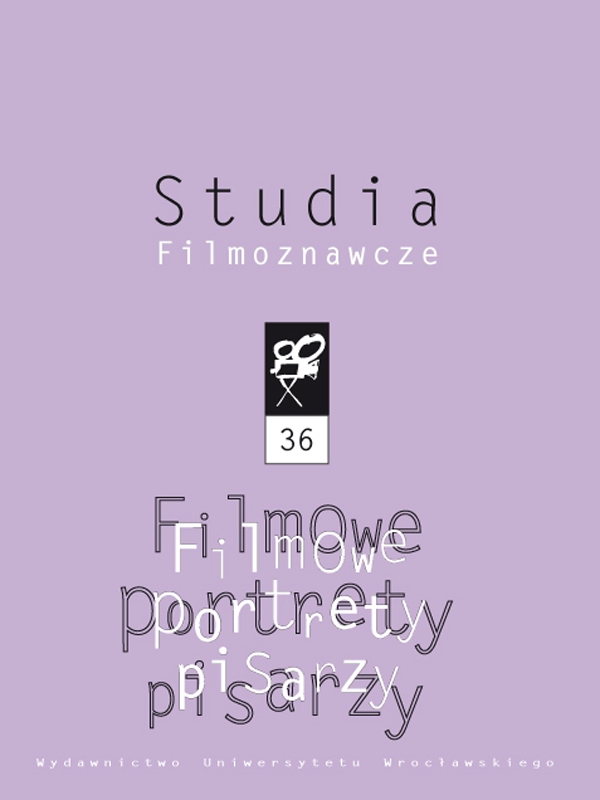

Articles

THE MAN WHO WASN’T USED UP
Brevet Brigadier General John A.B.C. Smith, the cyborg hero of Edgar Allan Poe’s story “The Man Who Was Used Up,” offers an apt figure for Poe himself as he and his fiction have been used but never used up by adapters. Like his eponymous hero, the biographical figure of Poe turns out to be constructed for particular ends rather than simply observed; as the myth Gen. Smith provides a stellar example of the power of military mythmaking, Poe has been pressed into service to illustrate a series of Romantic myths about authors and authorship; and both figures make more powerful impressions in their constructed avatars — in Poe’s case, in what has been called the Poe discourse — than in avowedly biographical accounts. This essay considers some of the many uses to which adaptations have put Poe the storyteller, Poe the poet, Poe the detective, Poe the doomed lover, and Poe the suffering author, while consistently blurring the lines between the biographical Poe and the stories and poems he created and ultimately ascribing to the adaptations themselves the exclusive power to embody and complete the fictional worlds he adumbrated. It concludes by asking what distinguishes the few authors like Shakespeare, Austen, and Poe from the many oft-adapted authors who have never become mythic figures.
CZŁOWIEK, KTÓRY SIĘ NIE ZUŻYŁ
Artykuł dotyczy filmowej figury Edgara Allana Poego, jest esejem naukowym na temat tego, jak kino i szerzej, kultura popularna przywoływały postać wybitnego pisarza nie zawsze wprost, odwołując się do formy klasycznej biografii, lecz za pomocą różnych form, adaptujących jego twórczość, czasem w sposób pozornie swobodny. Za punkt wyjścia autor przyjmuje utwór The Man That Was Used Up, zwracając uwagę, że mimo braku autobiograficznych referencji główną postać tego utworu można odnieść do samego Poego, jak również do jego filmowych reprezentacji. To istotna wskazówka dotycząca tego, gdzie i jak szukać tych reprezentacji bo nie tylko wizerunków. Rozróżnienie między postacią a figurą ma dla pracy podstawowe znaczenie. Autor ukazuje, jak figura może wpłynąć na narracje czy gatunki, niekoniecznie związane z adaptacjami utworów pisarza, choć mają one oczywiście pierwszorzędne znaczenie.
Tłumaczył Sławomir Bobowski